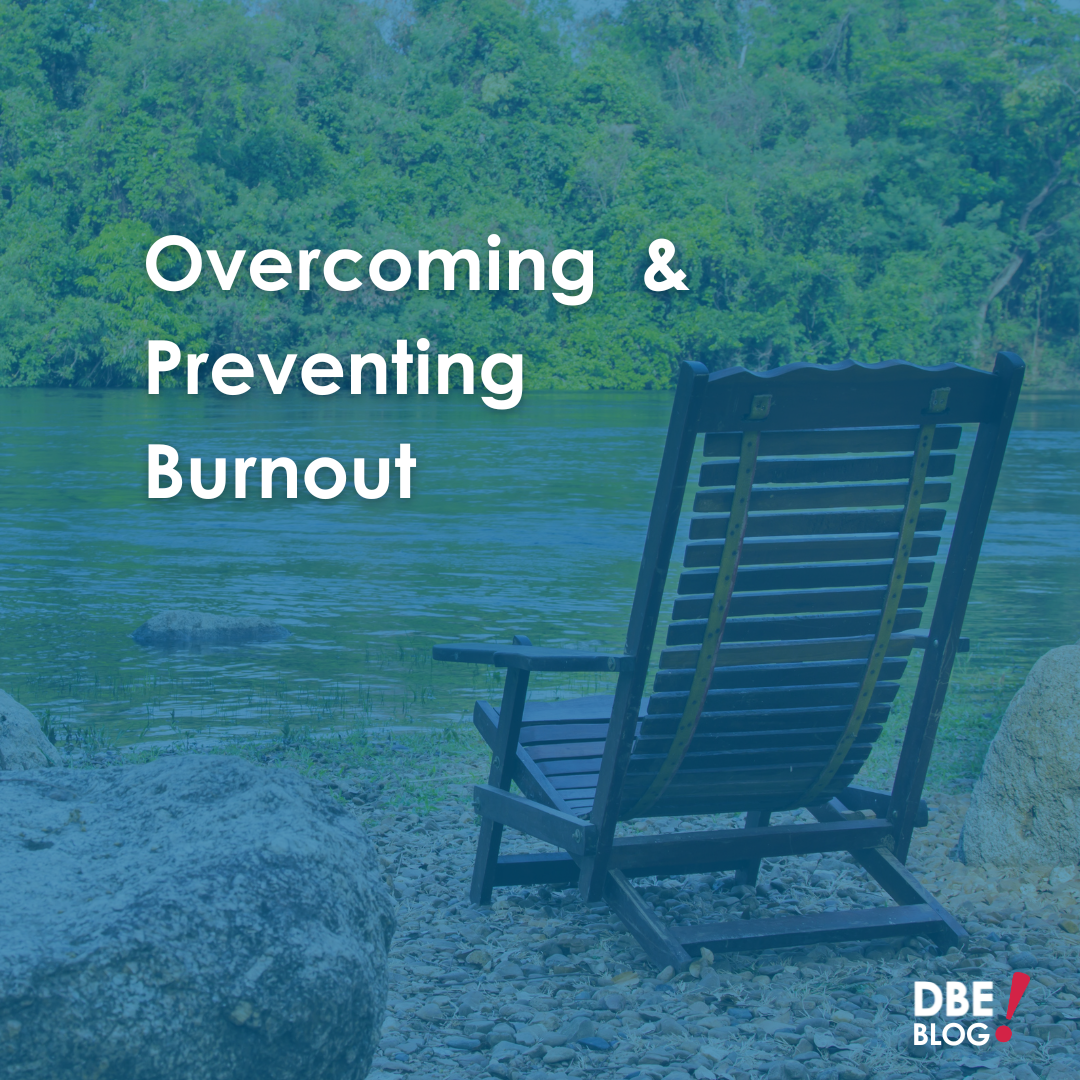Between demanding bosses, long hours, and heavy workloads, it is no surprise so many individuals feel stressed and overwhelmed by their jobs. According to the American Psychological Association (APA), almost 3 in 5 employees reported lack of interest, motivation, or energy due to work-related stress. Many people discount this stress as an accepted part of life, not realizing that they may be suffering from burnout. The physical traits of burnout are broad, similar to stress and other ailments. Common symptoms may include headaches, stomach discomfort, fatigue, changes in appetite, and little to no sleep. Emotional symptoms may involve a lack of motivation, feeling detached, and a sense of helplessness. In this blog, we will go over various causes of burnout and talk about solutions to overcome it.
Signs and Symptoms of Burnout
Stress and burnout have numerous similarities, but it’s important to distinguish between the two. Stress primarily affects the body physically, whereas burnout is more emotionally driven. It’s important to note that stress can lead to burnout. Over-engagement can give rise to stress, which, if left unchecked, can evolve into disengagement, resulting in burnout. Difficulty starting your workday and maintaining focus, or constantly saying “I don’t want to work today, “can be early signs of burnout. Similarly, if you find yourself struggling to start tasks or consistently lacking concentration, these could also be signs of burnout.
Changes in sleep patterns and low energy levels are also signs to look out for. While occasional fatigue is normal, chronic exhaustion throughout the day may be a sign of burnout. Unexplained physical symptoms such as headaches and stomach issues can be triggered by workplace stress, potentially leading to burnout.
Causes of Burnout
Burnout can be attributed to several job-related factors, including a lack of control. When faced with an overwhelming workload and unrealistic deadlines, your energy can quickly be used up. A chaotic work environment and a lack of recognition for your efforts can be equally draining and make you lose motivation. Additionally, a major contributor to burnout is an unhealthy work-life balance. A balance between work and personal life is essential for your overall well-being. A healthy work-life balance can enhance productivity, reduce the likelihood of falling ill, and improve time management.
How to Overcome & Prevent Burnout
The first step in overcoming burnout is acknowledging that solutions exist for these problems. Many of these solutions resemble those for managing stress:
- Engaging in relaxing hobbies or activities away from work.
- Seeking support from colleagues, friends, or family members.
- Prioritizing sufficient sleep and regular exercise is crucial, though it may not be easy to initiate such changes.
Think of it as a lifestyle adjustment rather than a quick fix.
Start small by taking short walks, eliminating unhealthy food choices such as soda (something small but easy), and gradually adjusting your bedtime. Reducing screen time, especially before sleep, can also help in creating a healthier routine.
Engaging in hobbies and activities that provide separation from work is a key strategy. It’s essential to carve out dedicated personal time. This separation can significantly reduce stress levels and, in turn, mitigate burnout.
Seeking social support is another effective means of preventing burnout. Talking about your issues can be surprisingly helpful. Having these conversations/outlets helps you gain perspective (especially when you hear yourself speaking out loud) and may even lead to solutions right away.
It’s helpful to discuss concerns with your coworkers because they more than likely have experienced what you’re going through at some point. However, it’s important to choose someone you can trust and remain professional.
At DBE, we are proactive about preventing burnout. Below are some of the ways we do that–maybe these can work for your team too:
- Flexible 9-5 – Our team generally starts and ends around 9am-5pm ET. Employees can start a little earlier or later depending on the day.
- Quick Errands – Appointments don’t count against PTO, as long as the time is made up.
- Breaks – Our CEO, Niki Fielding, encourages employees to take lunch and walking breaks.
- 3 o’clock Fridays – We started 3 o’clock Fridays one summer and never changed back. As long as your work is finished, you can head off to enjoy the weekend a little early.
- Zoomraderies – These are our weekly teambuilders – they range from guessing each other’s favorite hobby to cookie decorating. Learn more about these wonderfully fun ventures here.
- Birthdays Off – This is our favorite way to show appreciation to team members.
- Wellness Reimbursements – We use this to allow and encourage team members to stay active and healthy. It’s separate from our health insurance plan and each of us gets up to $500 per year reimbursed for activities that get us moving. Pool membership, new bike, tennis lessons–they are all reimbursable.
- Weekly Touch Bases with your Manager – This helps to make sure all team members get the opportunity to be heard and acknowledged. Here, you can have honest conversations about workload and any factors that may be affecting you
Why Are We Sharing?
We are sharing because it’s not only important for yourself to understand signs and symptoms of burnout, but it’s also important that you understand it for your colleagues. If you’re able to see the early signs of burnout that a coworker may be experiencing, you can find ways to help them reduce the factors causing them stress.
Avoiding burnout in the workplace keeps productivity high, fatigue low, improves communication and flow, reduces turnover, and generally makes for happier, healthier employees.


